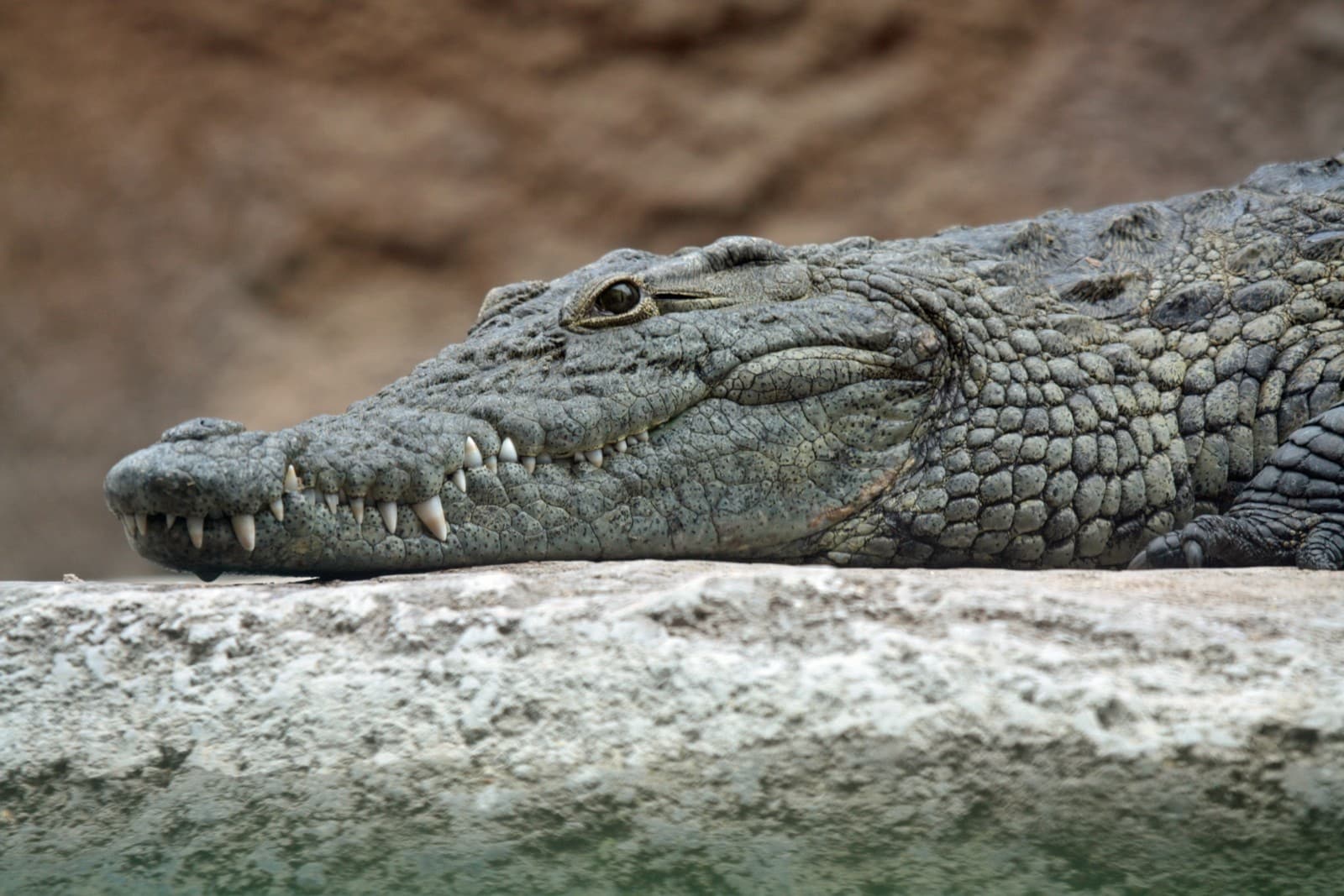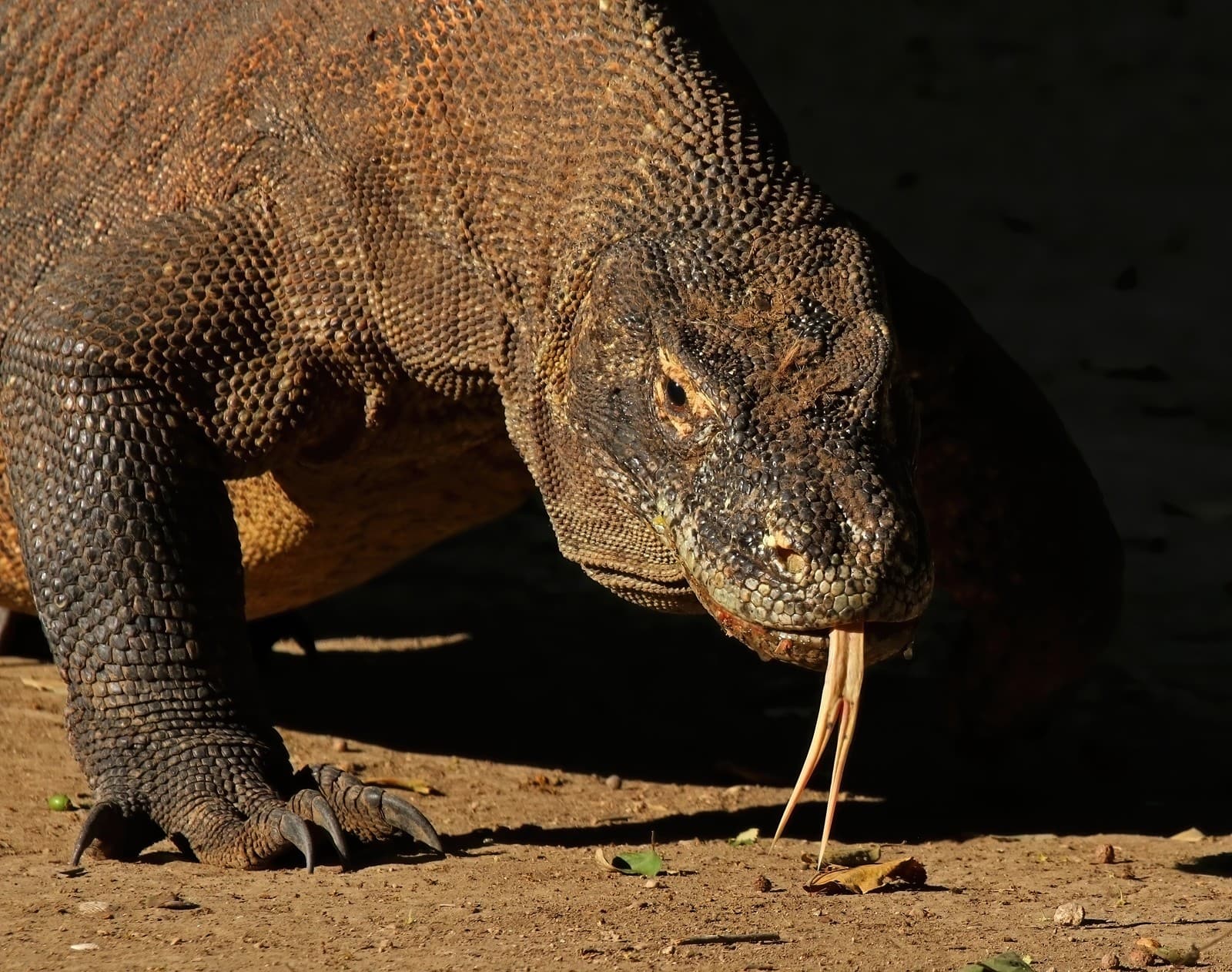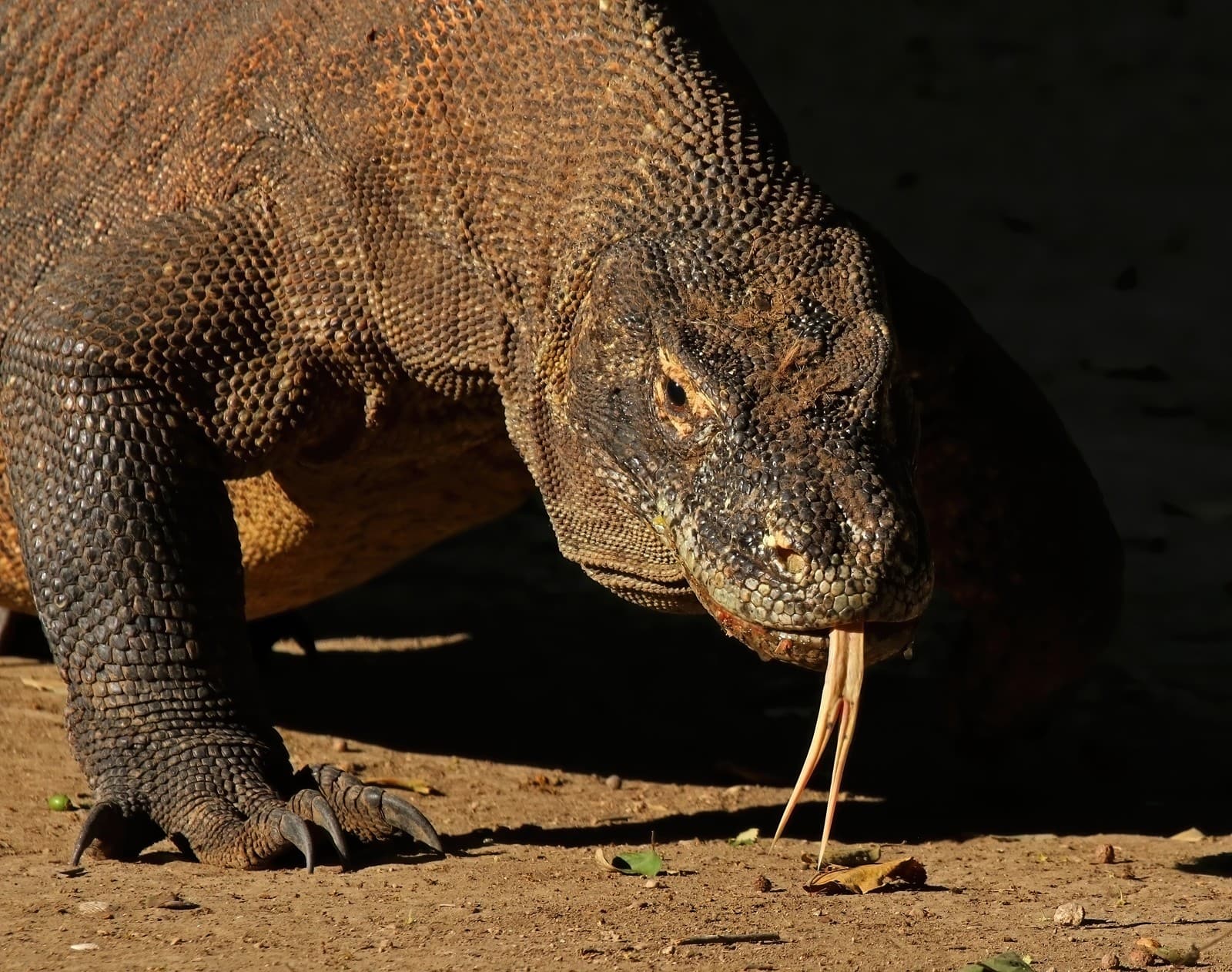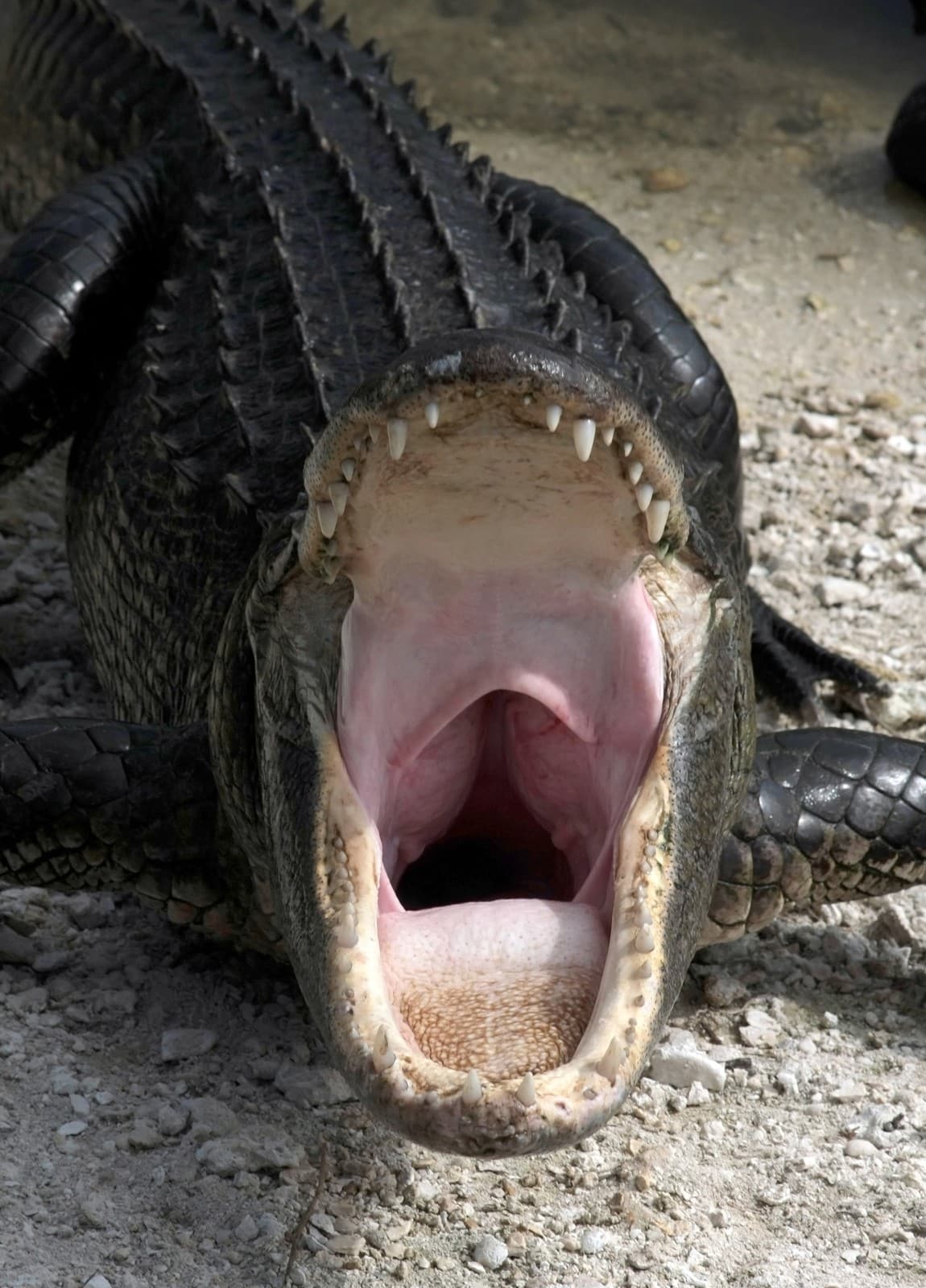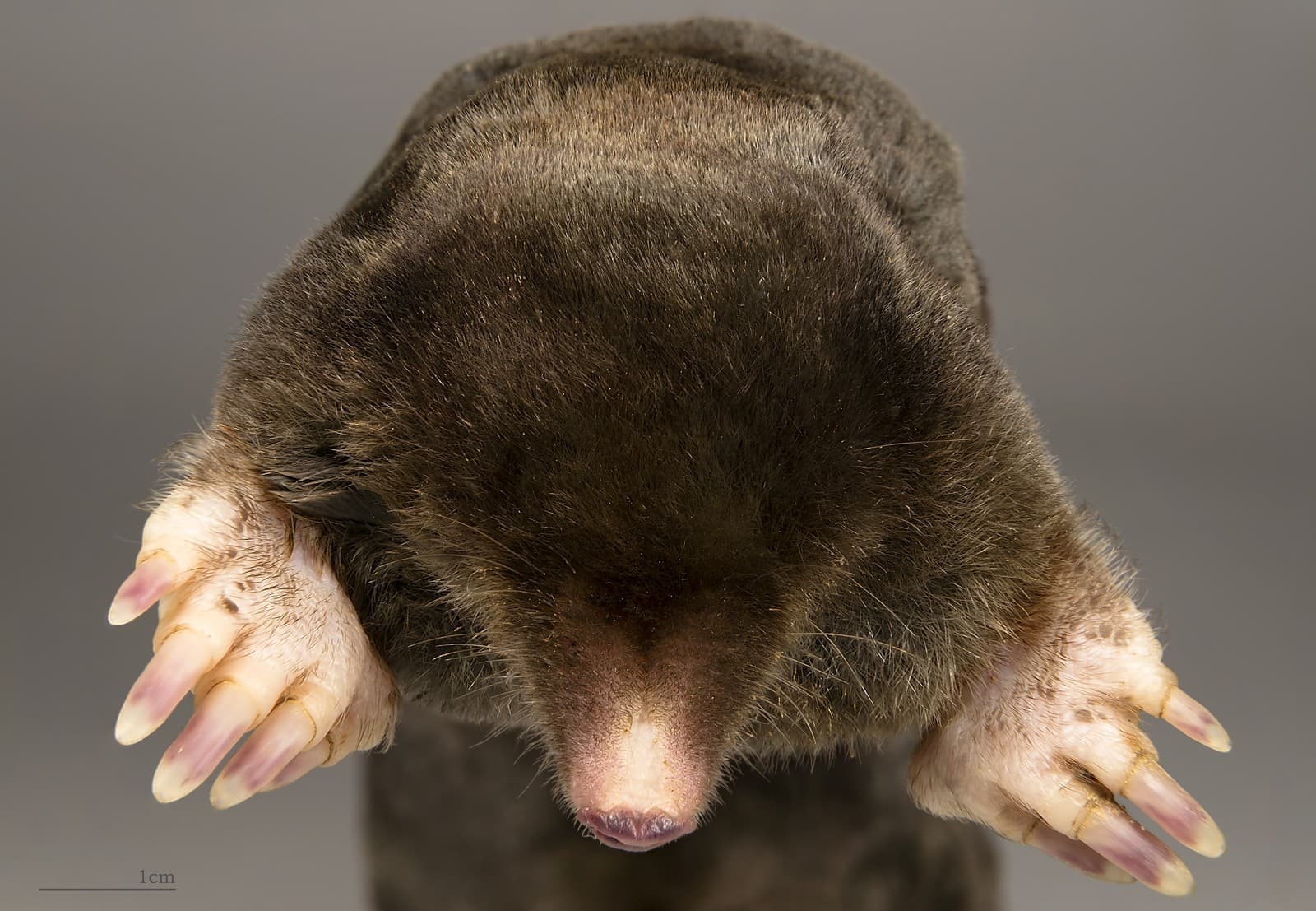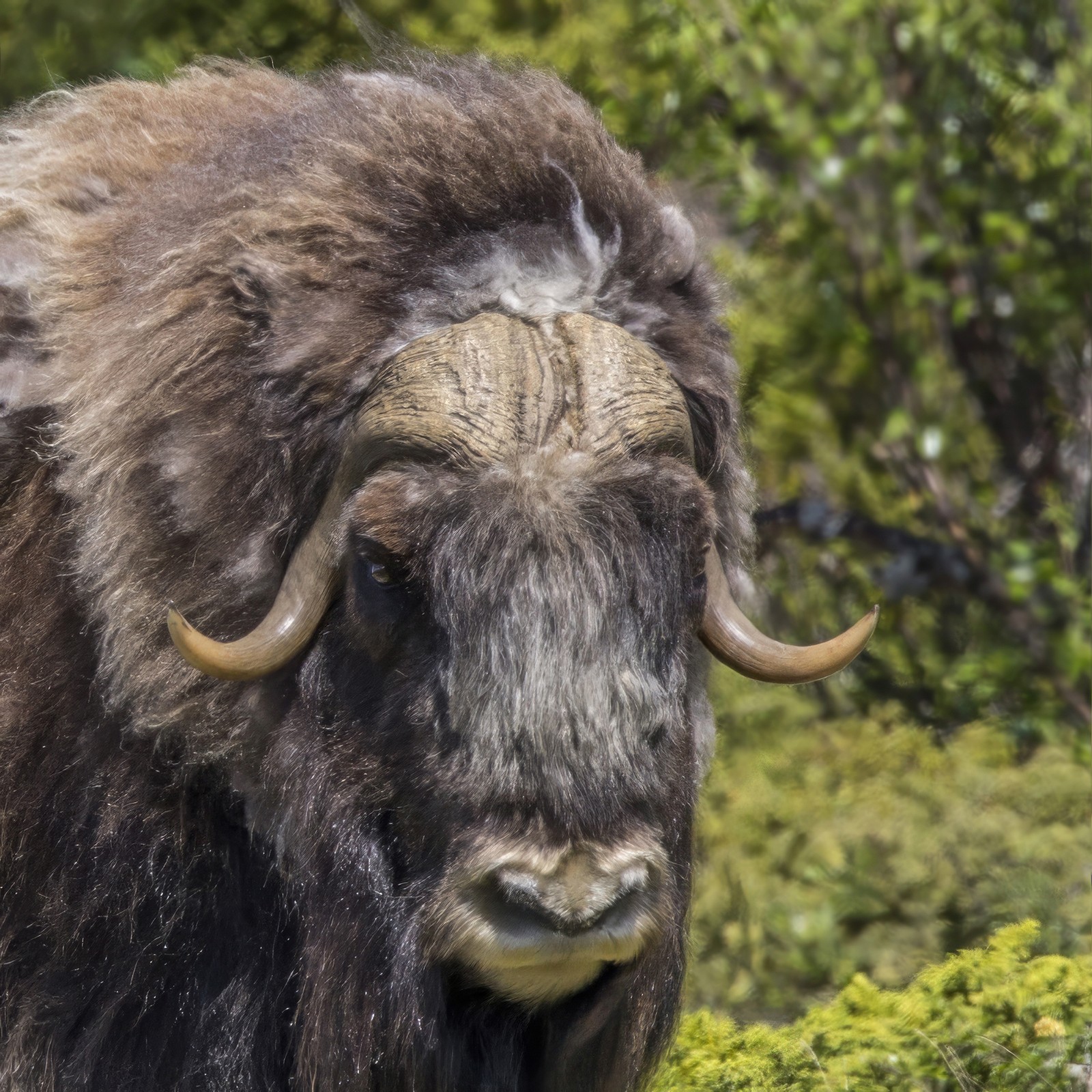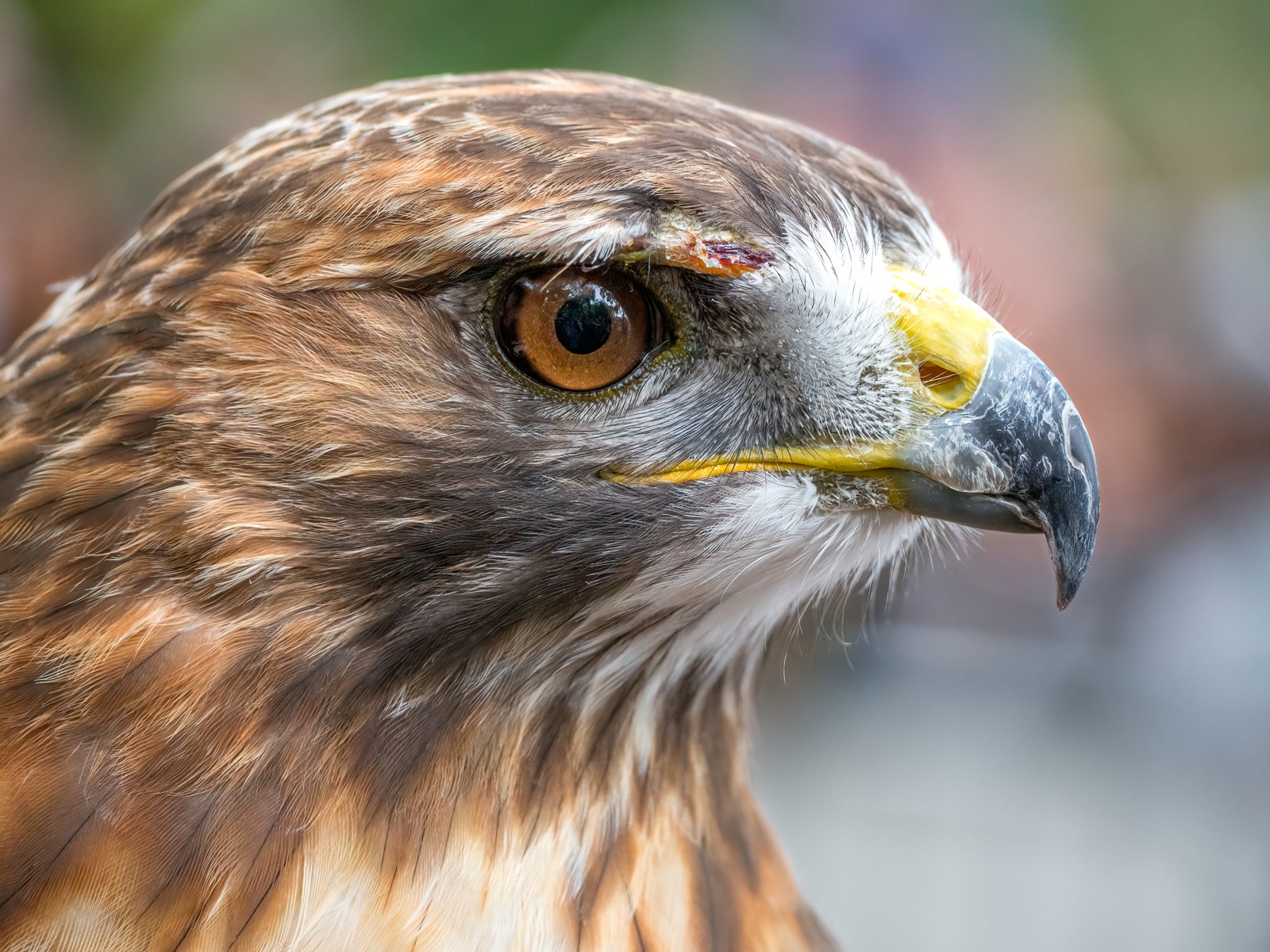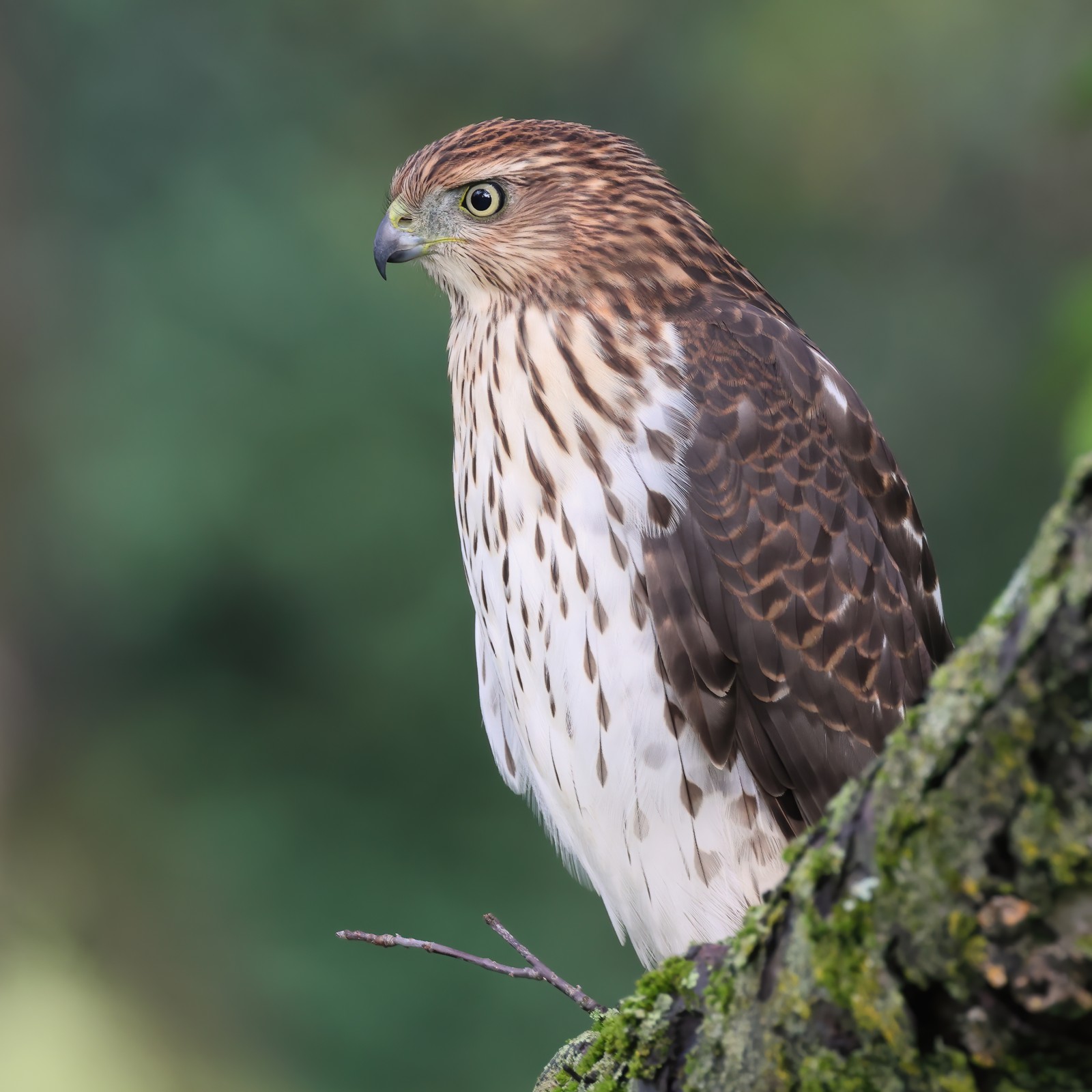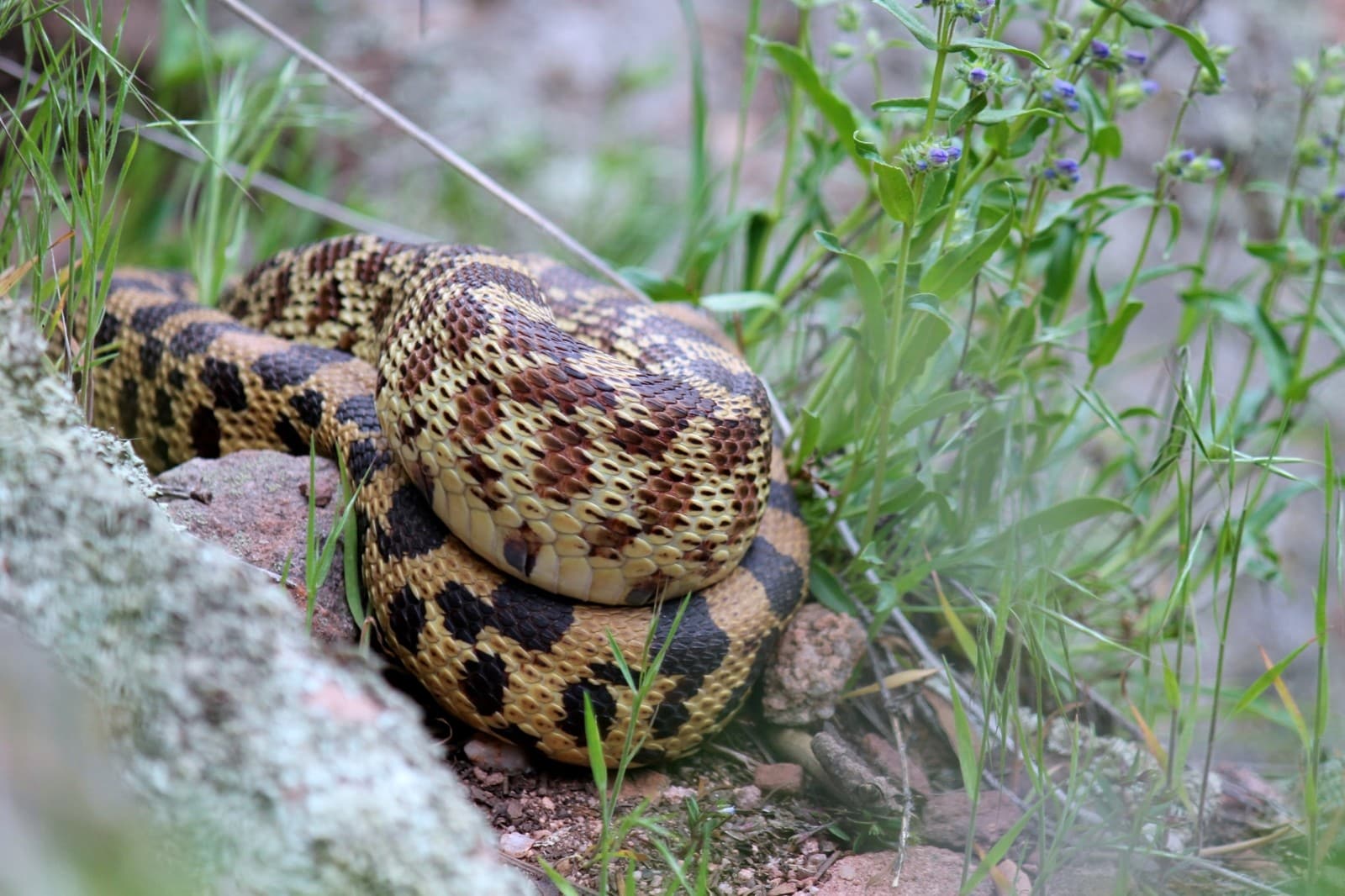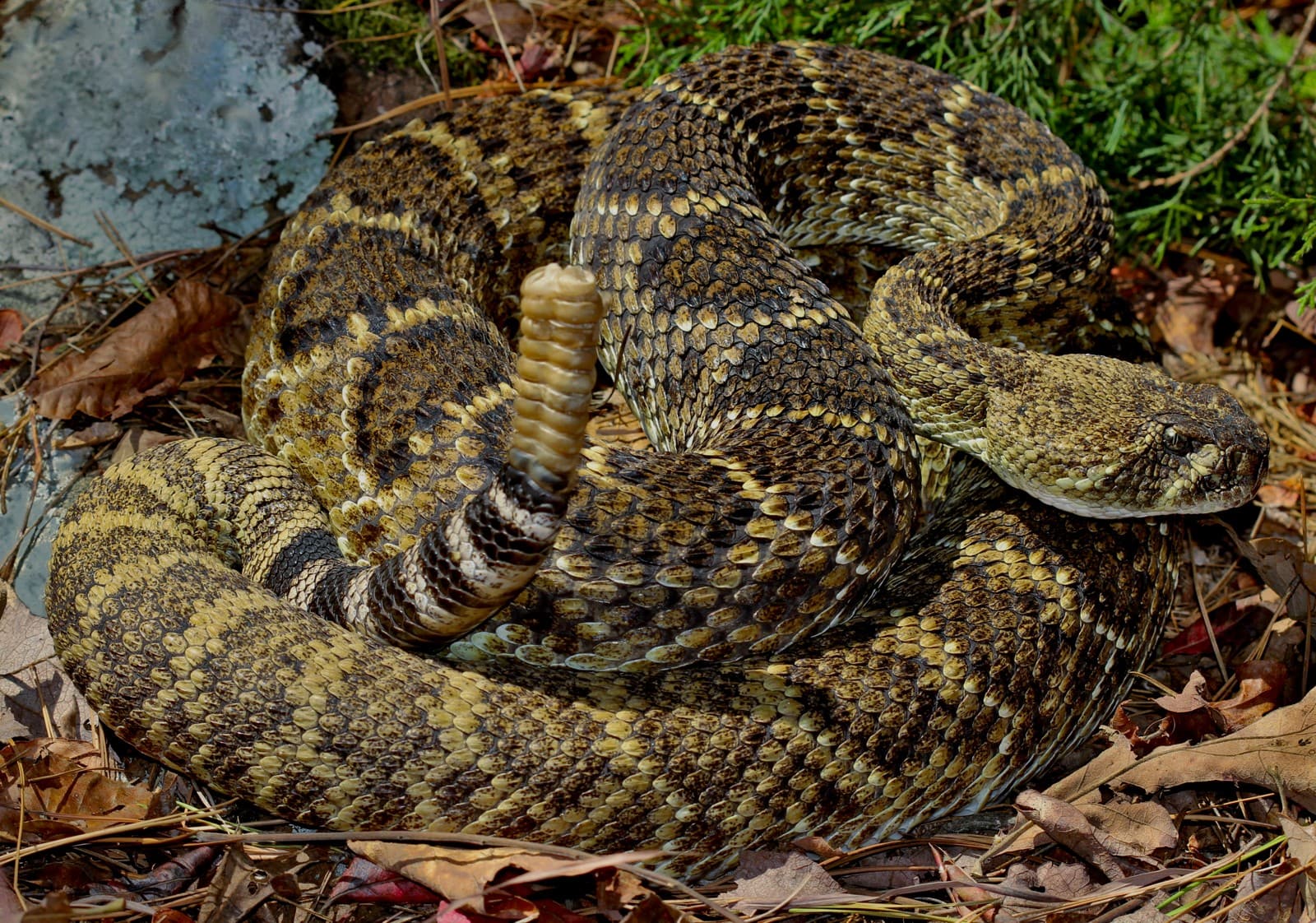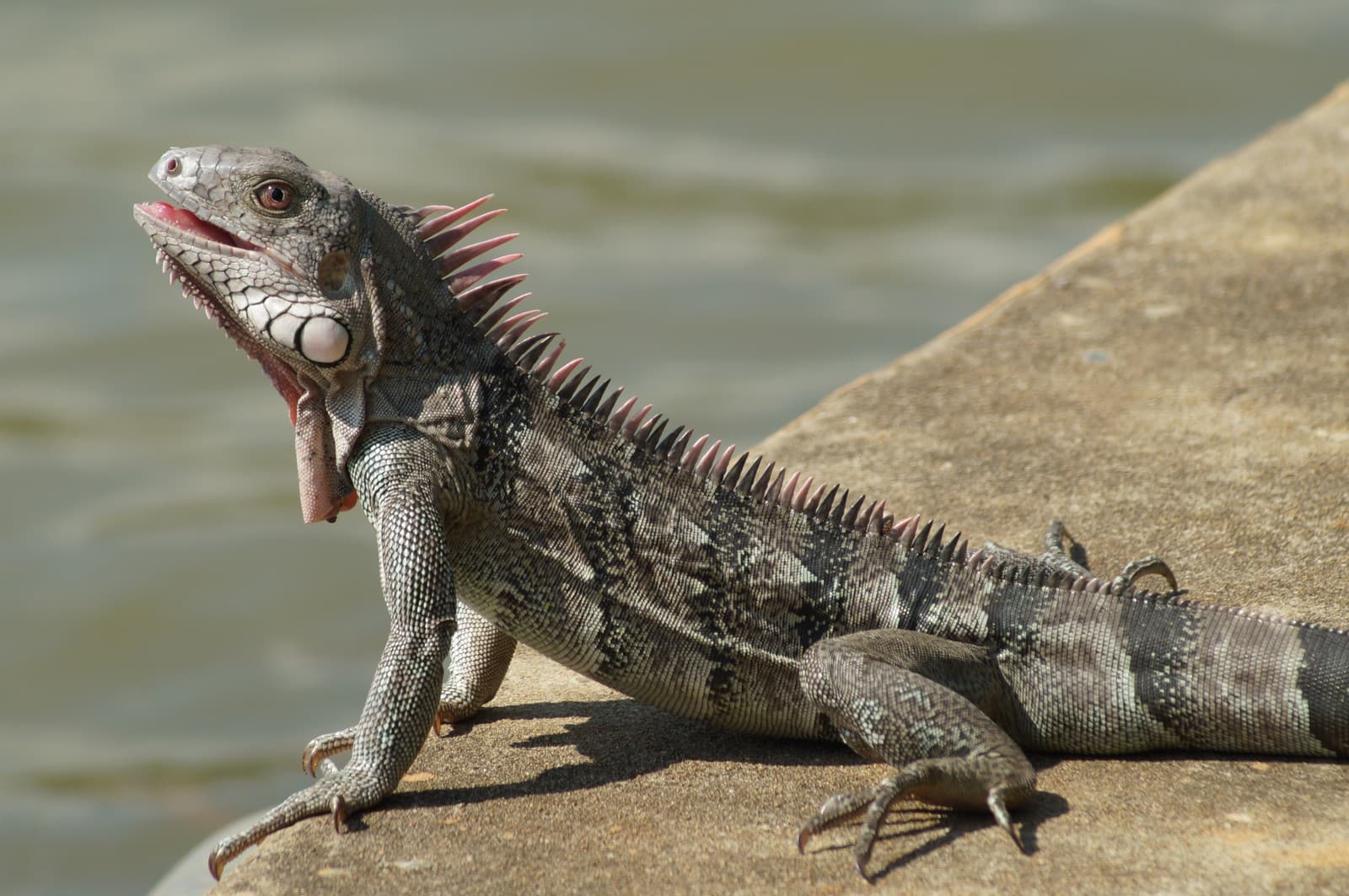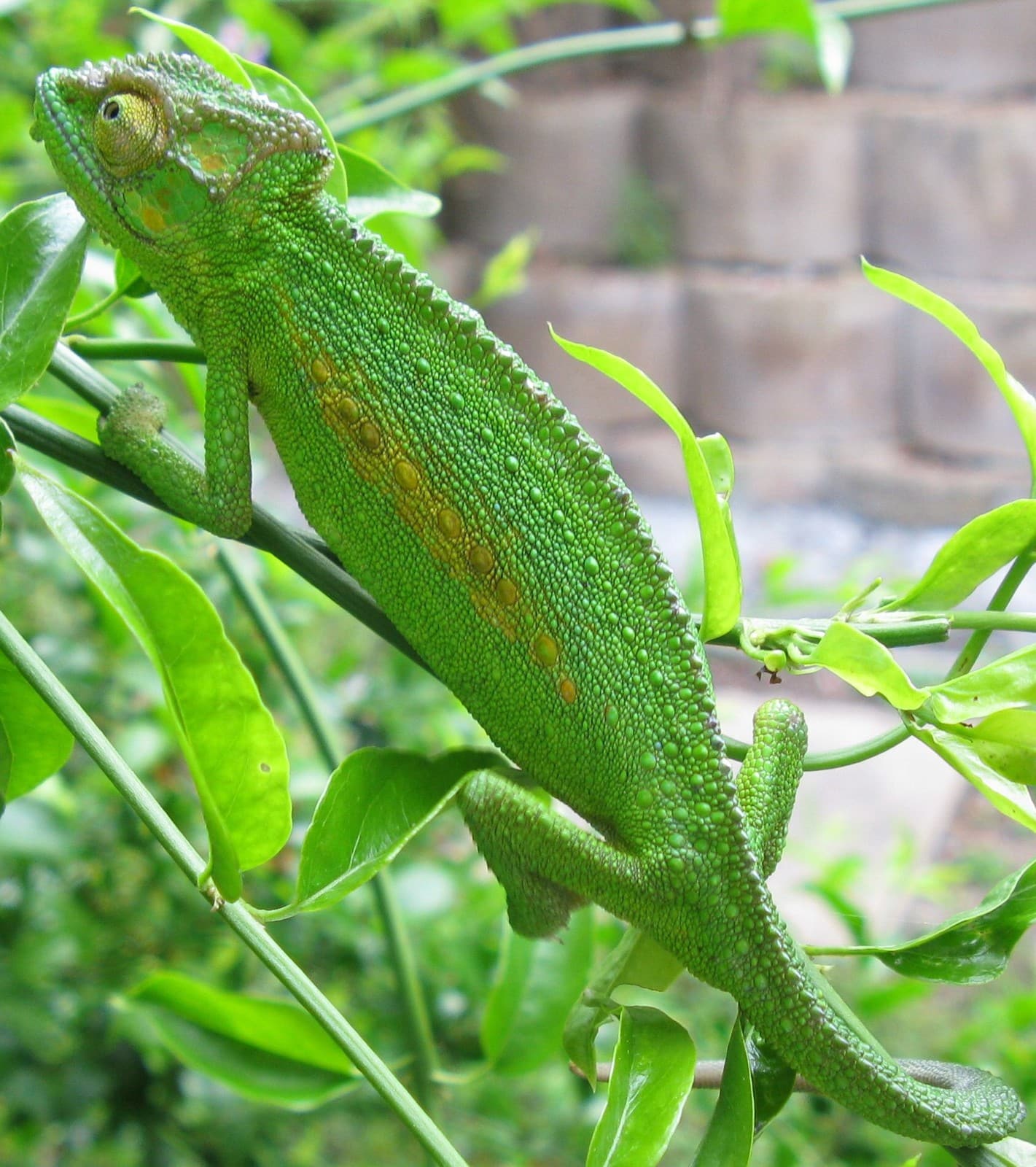Monitor Lizard vs Komodo Dragon: A Complete Comparison
When comparing Monitor Lizards vs Komodo Dragons, it’s crucial to understand that Komodo Dragons are actually a species of monitor lizard – the largest living member of the Varanidae family. While the average monitor lizard reaches lengths of 2-4 feet (0.6-1.2 meters), the mighty Komodo Dragon can grow to an impressive 10 feet (3 meters) and weigh up to 330 pounds (150 kg).
This size difference represents just one of many fascinating distinctions between typical monitor lizards and their giant cousin, the Komodo Dragon. From hunting strategies to habitat preferences, these remarkable reptiles have evolved unique characteristics that set them apart, despite their shared family tree.
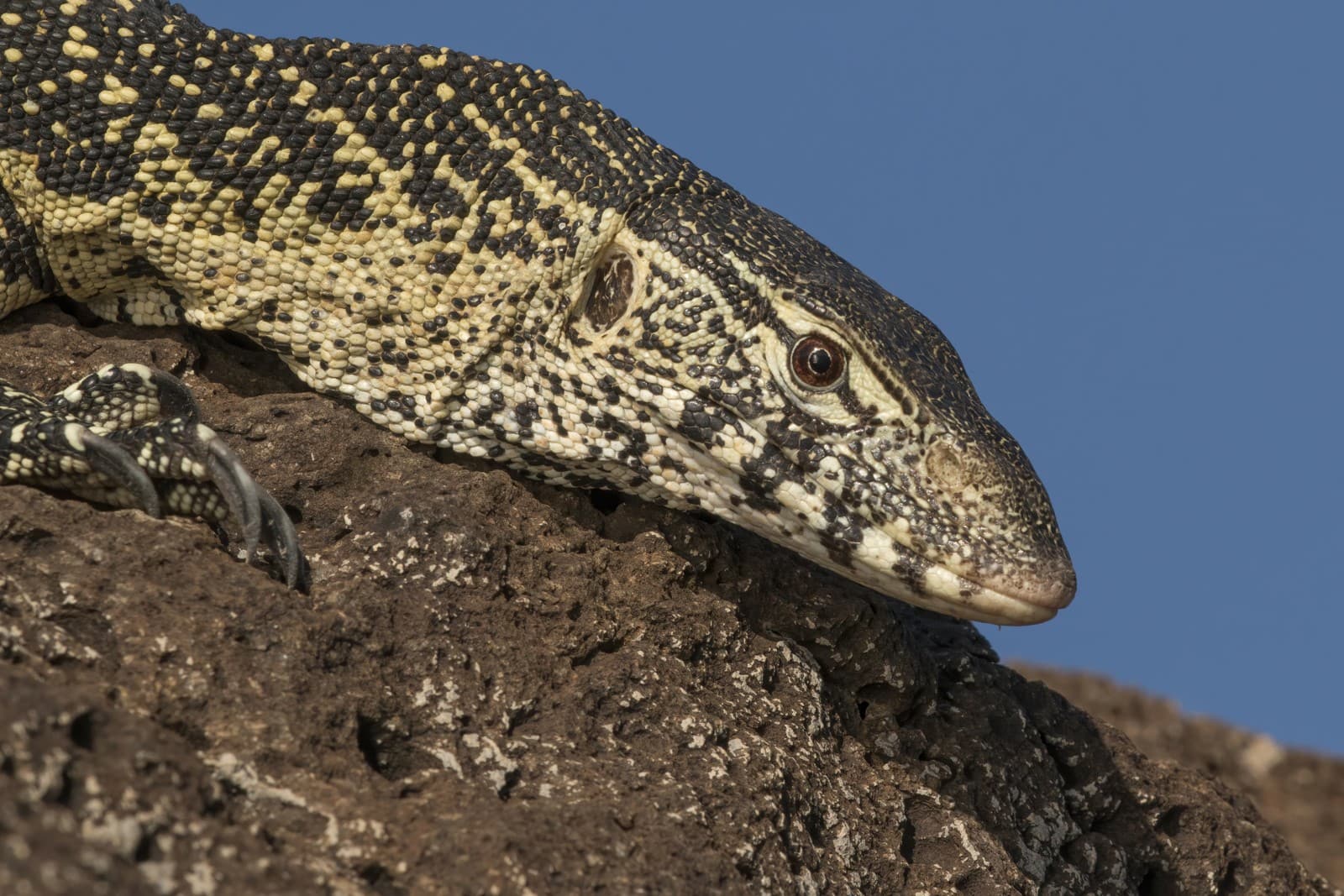
© Charles J. Sharp / CC BY-SA 4.0
The Nile Monitor, shown here, exemplifies the typical monitor lizard’s build and coloration. Note the streamlined head shape and distinctive scale patterns that help distinguish monitor species from their larger Komodo relative.
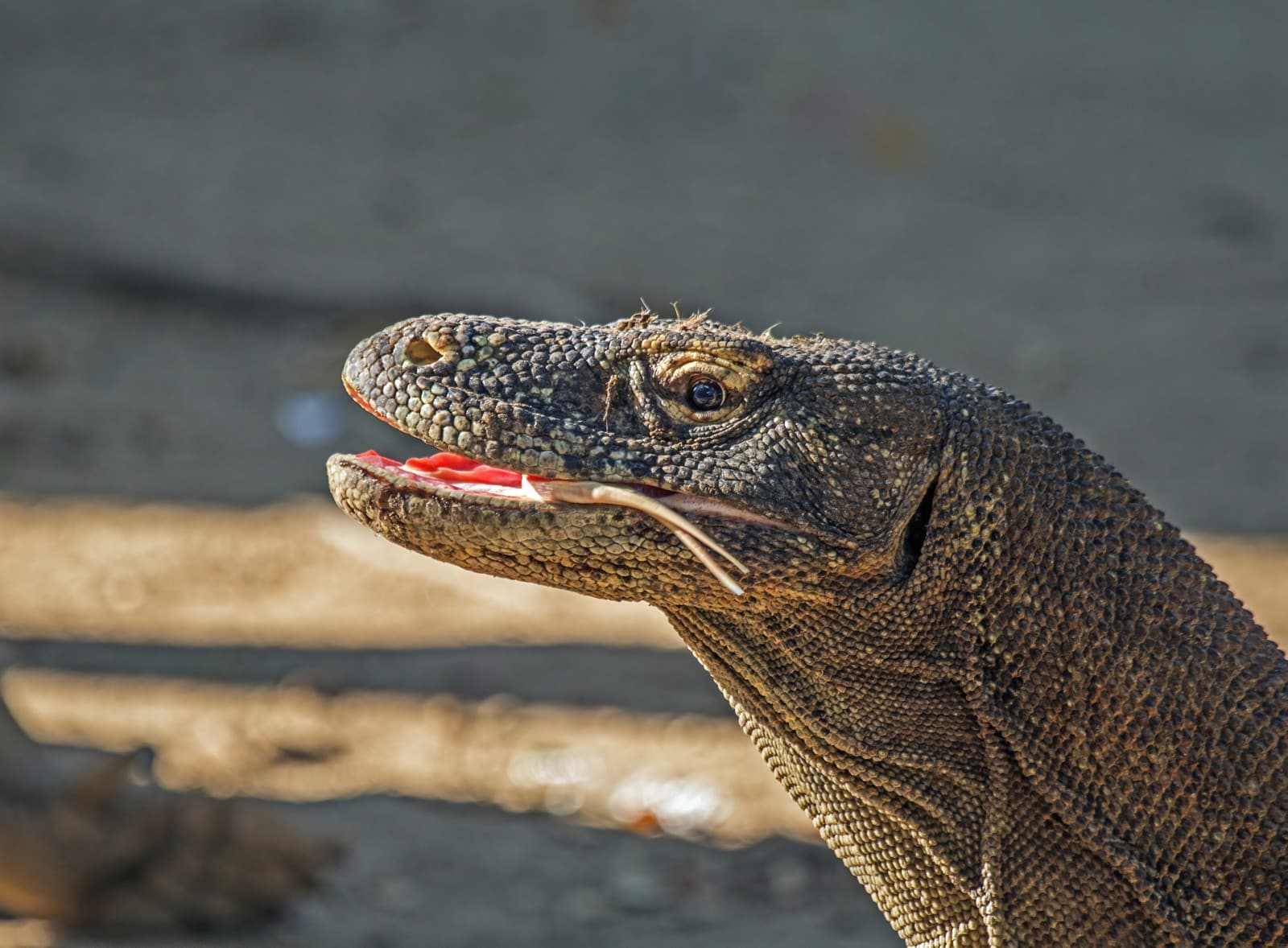
© Charles J. Sharp / CC BY-SA 4.0
The Komodo Dragon displays its characteristic robust head structure and powerful jaw muscles. The species’ larger size and more muscular build are evident even in this head-only portrait.
Key Differences Between Monitor Lizards and Komodo Dragons
| Feature | Monitor Lizard | Komodo Dragon |
|---|---|---|
| Size | 2-4 feet (0.6-1.2m) | 8-10 feet (2.4-3m) |
| Weight | 6-25 lbs (2.7-11.3 kg) | 150-330 lbs (68-150 kg) |
| Distribution | Africa, Asia, Australia | Indonesian islands only |
| Diet | Small prey, eggs, carrion | Large mammals, deer, water buffalo |
| Venom Glands | Most species lack venom | Contains specialized venom glands |
| Lifespan | 10-15 years | 20-30 years |
Habitat and Distribution
Monitor lizards demonstrate remarkable adaptability, inhabiting diverse environments across three continents. From the semi-aquatic Nile Monitor to the desert-dwelling Sand Goanna, these reptiles have colonized various ecological niches. In contrast, Komodo Dragons are endemic to just five islands in Indonesia’s Lesser Sunda region, primarily on Komodo, Rinca, Flores, and Gili Motang.
Hunting and Feeding Behavior
The hunting strategies of monitor lizards and Komodo Dragons reflect their size differences. Most monitor species are active hunters, pursuing smaller prey like rodents, birds, eggs, and insects. They use their powerful claws and sharp teeth to catch and dismember prey, often climbing trees or swimming to access food sources.
Komodo Dragons, however, employ a more specialized hunting approach. Their massive size allows them to target large prey, including deer, wild boar, and even water buffalo. They utilize a combination of ambush tactics and their venomous bite, which contains anticoagulant properties that prevent blood clotting in their victims.
Intelligence and Social Behavior
Both groups demonstrate remarkable intelligence for reptiles, but their social structures differ significantly. Monitor lizards typically lead solitary lives, coming together only for mating. They show complex problem-solving abilities, particularly when hunting or exploring their environment.
Komodo Dragons exhibit more sophisticated social behaviors, especially around feeding sites. Young dragons even practice arboreal behavior, climbing trees to avoid cannibalism by adults – a behavior rarely seen in other monitor species.
Conservation Status
While most monitor lizard species maintain stable populations, the Komodo Dragon faces unique conservation challenges. With fewer than 6,000 individuals remaining in the wild, they’re classified as vulnerable by the IUCN Red List. The limited range and specialized habitat requirements of Komodo Dragons make them particularly susceptible to human encroachment and climate change.
Who Would Win in a Fight?
From a purely scientific perspective, a confrontation between a typical monitor lizard and a Komodo Dragon would be decidedly one-sided. The Komodo Dragon’s superior size (often 5-6 times larger), powerful bite force (exceeding 1,000 PSI), and venomous capabilities give it overwhelming advantages. However, such encounters rarely occur in nature due to their different geographic distributions and habitat preferences.
Monitor lizards and Komodo Dragons represent fascinating examples of evolutionary adaptation within the same family. While they share common ancestry and basic characteristics, their divergent evolution has produced remarkable specialists adapted to different ecological roles and hunting strategies.
